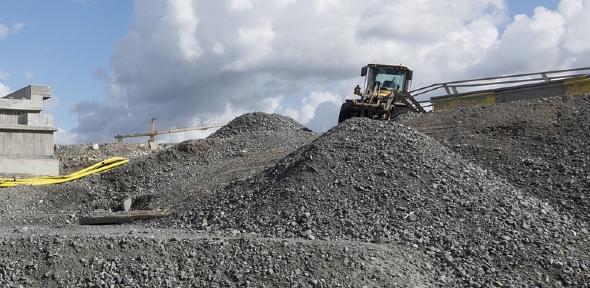
Researchers from the University of Cambridge have developed a method to produce very low-emission concrete at scale – an innovation that could be transformative in the transition to net zero. The method, which the researchers say is “an absolute miracle”, uses the electrically-powered arc furnaces used for steel recycling to simultaneously recycle cement, the carbon-hungry component of concrete.
Concrete is the second-most-used material on the planet, after water, and is responsible for approximately 7.5% of total anthropogenic CO₂ emissions. A scalable, cost-effective way of reducing concrete emissions while meeting global demand is one of the world’s biggest decarbonisation challenges. The Cambridge researchers found that used cement is an effective substitute for lime flux, which is used in steel recycling to remove impurities and normally ends up as a waste product known as slag. But by replacing lime with used cement, the end product is recycled cement that can be used to make new concrete.
The cement recycling method developed by the Cambridge researchers, reported in the journal Nature, does not add any significant costs to concrete or steel production and significantly reduces emissions from both concrete and steel, due to the reduced need for lime flux.
Recent tests carried out by the Materials Processing Institute, a partner in the project, showed that recycled cement can be produced at scale in an electric arc furnace (EAF), the first time this has been achieved. Eventually, this method could produce zero emission cement, if the EAF was powered by renewable energy.
We held a series of workshops with members of the construction industry on how we could reduce emissions from the sector. Lots of great ideas came out of those discussions, but one thing they couldn’t or wouldn’t consider was a world without cement.” Professor Julian Allwood, Dept of Engineering, University of Cambridge
Concrete is made from sand, gravel, water, and cement, which serves as a binder. Although it’s a small proportion of concrete, cement is responsible for almost 90% of concrete emissions. Cement is made through a process called clinkering, where limestone and other raw materials are crushed and heated to about 1,450°C in large kilns. This process converts the materials into cement, but releases large amounts of CO₂ as limestone decarbonates into lime.
The researchers have filed a patent on the process to support its commercialisation. The research was supported in part by Innovate UK and the Engineering and Physical Sciences Research Council (EPSRC), part of UK Research and Innovation (UKRI). Julian Allwood is a Fellow of St Catharine’s College, Cambridge.
Reference: Cyrille F Dunant, Shiju Joseph, Rohit Prajapati, Julian M Allwood. ‘Electric recycling of Portland cement at scale.’ Nature (2024). DOI: 10.1038/s41586-024-07338-8
Read the full University of Cambridge article.
Image: StockSnap

